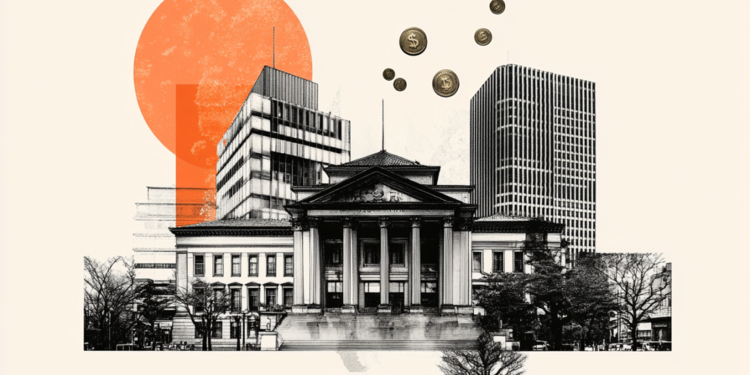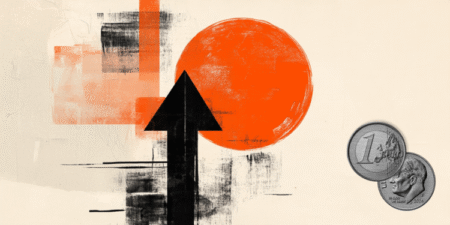The Bank of Japan (BoJ) board member Naoki Tamura said on Thursday that the central bank should lift the interest rates closer towards neutral.
Key quotes
BoJ should push rates closer toward levels deemed neutral.
Growth rate of Japan’s economy is likely to rise, with overseas economies returning to a moderate growth path.
Don’t need to raise rates sharply, tighten monetary policy now when there are both upside, downside risks.
My view is that there is a strong possibility that the slowdown in overseas economies will not be as significant as initially expected.
Given upside price risks, BoJ should push up rates closer toward neutral to avoid being forced to hike rates sharply in the future.
Inflation may deviate upward from the baseline scenario.
Inflation risk is mounting in Japan.
Many firms appear to be maintaining a proactive fixed investment stance.
Higher food prices should not be regarded as merely a temporary factor, and they require close monitoring.
Japan’s real interest rate remains in negative territory.
There is a significant risk that domestic price developments will deviate upward from the outlook presented in the July 2025 outlook.
Believe Japan’s neutral rate is at least 1%.
Market reaction
At the press time, the USD/JPY pair is down 0.30% on the day to trade at 150.60.
Japanese Yen FAQs
The Japanese Yen (JPY) is one of the world’s most traded currencies. Its value is broadly determined by the performance of the Japanese economy, but more specifically by the Bank of Japan’s policy, the differential between Japanese and US bond yields, or risk sentiment among traders, among other factors.
One of the Bank of Japan’s mandates is currency control, so its moves are key for the Yen. The BoJ has directly intervened in currency markets sometimes, generally to lower the value of the Yen, although it refrains from doing it often due to political concerns of its main trading partners. The BoJ ultra-loose monetary policy between 2013 and 2024 caused the Yen to depreciate against its main currency peers due to an increasing policy divergence between the Bank of Japan and other main central banks. More recently, the gradually unwinding of this ultra-loose policy has given some support to the Yen.
Over the last decade, the BoJ’s stance of sticking to ultra-loose monetary policy has led to a widening policy divergence with other central banks, particularly with the US Federal Reserve. This supported a widening of the differential between the 10-year US and Japanese bonds, which favored the US Dollar against the Japanese Yen. The BoJ decision in 2024 to gradually abandon the ultra-loose policy, coupled with interest-rate cuts in other major central banks, is narrowing this differential.
The Japanese Yen is often seen as a safe-haven investment. This means that in times of market stress, investors are more likely to put their money in the Japanese currency due to its supposed reliability and stability. Turbulent times are likely to strengthen the Yen’s value against other currencies seen as more risky to invest in.
Read the full article here
















